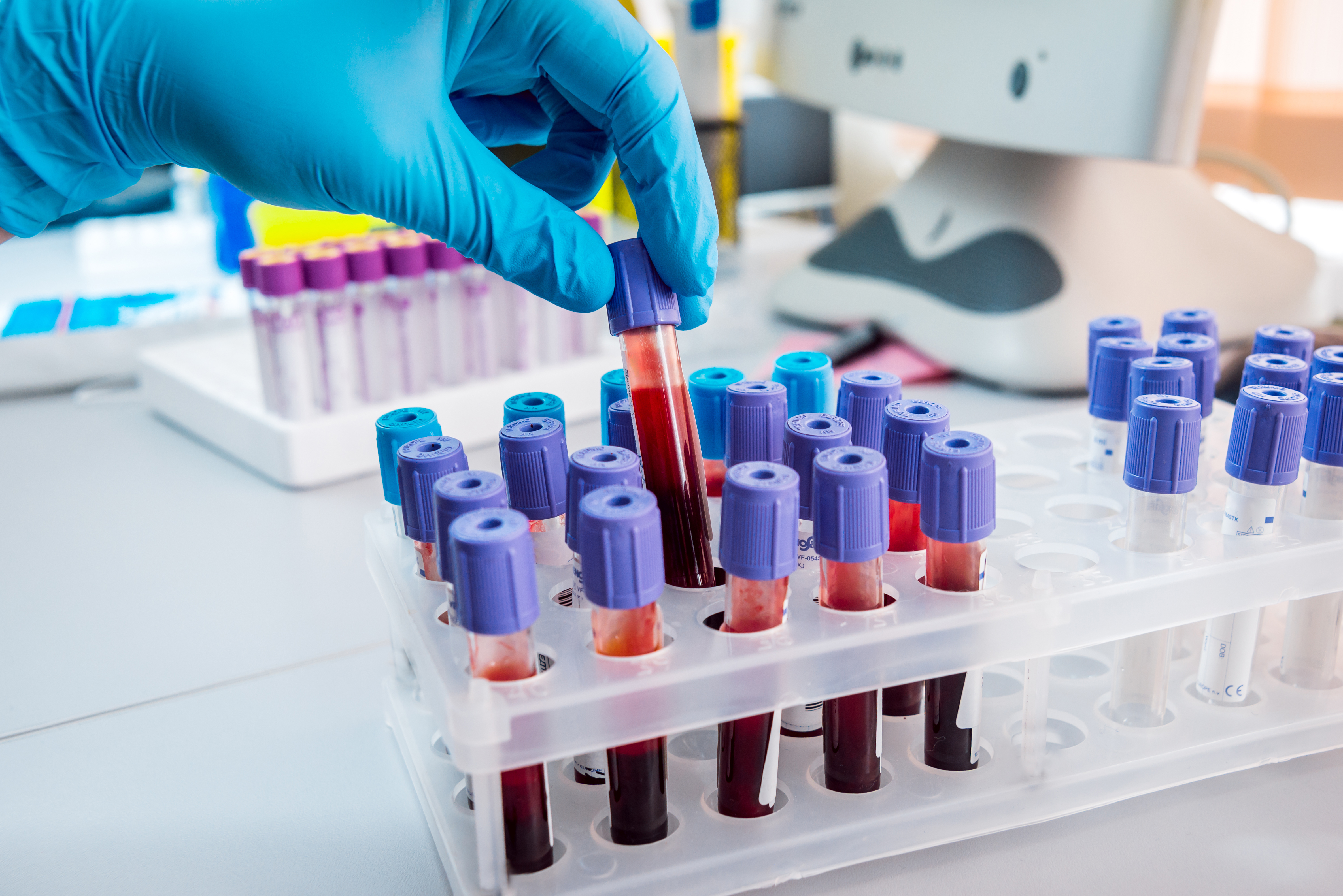PAH Blood Test for Growth Factor that Predicts Disease Might Become Reality

Scientists discovered that levels of a blood protein called hematoma derived growth factor (HDGF) increases as pulmonary arterial hypertension (PAH) becomes more severe, which now raises belief that a noninvasive test for the protein could shorten the path to PAH diagnosis and allow treatment at earlier disease stages.
The discovery by Johns Hopkins Medicine scientists, associated with Johns Hopkins University School of Medicine in Maryland, utilized a new method developed by the research team for measuring the growth factor in a blood sample. HDGF is a protein molecule involved in the growth of new blood vessels in the lungs, which researchers knew occurs at high rates in PAH patients.
The team collected blood samples from 39 PAH patients with severe disease who had failed to respond to previous treatment and were waiting for a lung transplant. The samples were compared to those of 39 healthy volunteers of the same age, sex and ethnicity as the patients.
The difference in HDGF levels between the two groups was substantial, with patients having about 7 times as much of the growth factor in their blood as healthy people.
Encouraged by the findings, the team then measured the factor in another 73 PAH patients, whom they followed for five years. Researchers discovered that not only was the factor higher in patients than in controls, it was also much higher in patients with more severe disease – having considerably more heart failure and walking shorter distances in a six-minute walking test.
“This has the potential to be a much more specific readout for the health of the lungs than what we currently measure using invasive cardiac catheterization,” said senior study author Dr. Allen Everett, a professor of pediatrics and director of the Pediatric Proteome Center at the Johns Hopkins University School of Medicine, in a press release. “It could really have value in making decisions about when to escalate therapy and when to ease it because at present, it’s difficult to determine whether someone’s disease is getting better or worse, especially in children.”
Blood levels of the factor were much lower among survivors than among those who died of the disease. And after taking into account age, type of pulmonary hypertension, heart function and a blood marker of heart failure, the team reported that higher levels of the lung growth factor were linked to 4.5 times increased risk of death.
Dr. Everett explained that the evidence of such link, a phenomenon called a ‘dose-response relationship’ by scientists, where it is possible to trace disease severity with increased levels of the growth factor, is crucial to prove the feasibility of the method, a necessary step if a blood test of the factor is to become a reality.
Although the research team does not know why the levels of HDGF go up as PAH severity increases, they suspect that it might be a compensatory reaction – a natural attempt by the body to heal blood vessels in the lung as the disease progressively causes more damage. Nevertheless, the factor seems to specifically reflect pulmonary hypertension, not heart disease.
If use of the HDGF factor as a disease marker can be verified in future studies, it holds promise of becoming an invaluable tool both in diagnosing the disease and monitoring the progression of disease with a simple blood test.
“This could be a cheap and easy way to say: ‘Oh, good, your levels are going down. Let’s try to take away one of your medicines and see how that works,’” Everett said. “Or if you know from the very beginning of their treatment that someone isn’t responding to any medicines, you can get them on the list for a lung transplant much sooner.”
Verification of the growth factor as a blood test for PAH needs to answer several questions: If levels change when the disease is successfully treated with drugs; if it also mirrors disease severity in PAH children; and if it could identify patients who are at risk to develop PAH in the future, but not currently sick.
The study describing the findings, “Hepatoma Derived Growth Factor Predicts Disease Severity and Survival in Pulmonary Artery Hypertension,” was published in the American Journal of Respiratory and Critical Care Medicine.







